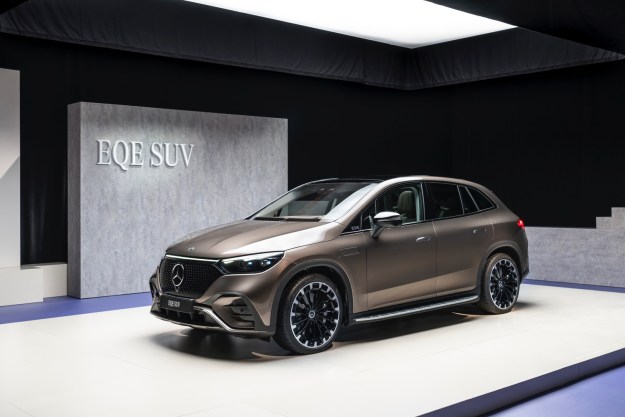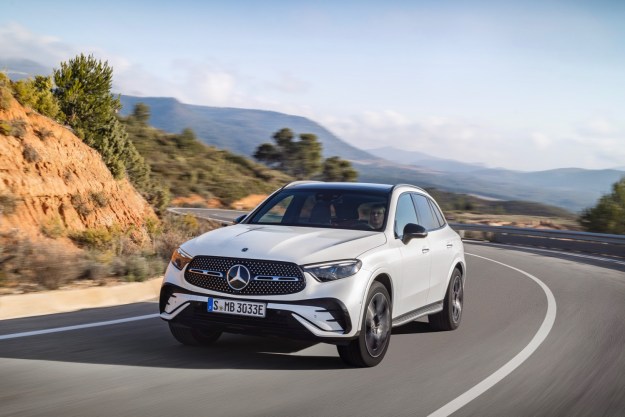Like a fine wine, the Mercedes-Benz G-Class gets better and better as it ages. The off-roader will enter its 37th year on the market with a long list of small but significant upgrades including revised engines and a new look inside and out.
The biggest updates are found under the hood, where the G gets cleaner and more powerful engines that comply with the strict Euro 6 emissions norms scheduled to come into effect across the Old Continent in a couple of months. As predicted, the mid-range G 500 model sold in a number of global markets gains a new 4.0-liter direct-injected V8 mill that uses a pair of beefy turbochargers mounted between the cylinder banks to make 422 horsepower and 449 foot-pounds of torque.
Derived from the unit that powers the 911-punching AMG GT and the C63, the eight-cylinder sends the G from zero to 62 mph in 5.9 seconds. A newly-standard start/stop system promises to keep fuel economy in check, but precise figures have not been published yet.
Sold exclusively in Europe, the entry-level G 350 d sees the output of its 3.0-liter turbodiesel V6 bumped from 211 horsepower and 398 foot-pounds of torque to 245 ponies and 442 foot-pounds of twist. The oil-burning G carries on with a seven-speed automatic transmission that sends power to all four wheels.
At the other end of the spectrum, the 5.5-liter V8 that powers the Mercedes-AMG G 63 now makes 571 horsepower, while the G 65’s 6.0-liter V12 churns out 630 ponies. The G 65 reaches 62 mph from a stop in 5.3 seconds, a figure that makes it the fastest regular-production G-Wagon ever built.
The visual modifications are intentionally discreet. The G benefits from a new front bumper that incorporates three large air dams, fender flares and several new alloy wheel designs. The modifications continue inside with a revised instrument cluster made up of four analog gauges and a fully configurable TFT screen.
Finally, the seemingly eternal G gets a limited-edition model dubbed Edition 463. Based on either the G 63 or the top-spec G 65, it stands out thanks to stainless steel skid plates, AMG sport stripes on both sides, model-specific 21-inch alloy wheels and a sprinkling of black aluminum trim. The cockpit is spruced up with two-tone leather upholstery on the seats and on the dashboard as well as carbon fiber trim on the center console.
The updated Mercedes-Benz G-Class will go on sale across Europe in a couple of months. The updates detailed above apply only to the Euro-spec model, but Mercedes’ North American division is expected to announce similar upgrades for the U.S.-spec G in the next few weeks.
Editors' Recommendations
- Mercedes-Benz EQG: range, price, release date, and more
- Mercedes ‘Little G’ electric G-Wagon: Rumored design, release date
- Mercedes-Benz Vision One-Eleven concept looks to the past for inspiration
- Mercedes-Benz EQE SUV first drive review: ’90s look, cutting-edge tech
- Mercedes EV charging hubs are coming to North America by the end of the decade







